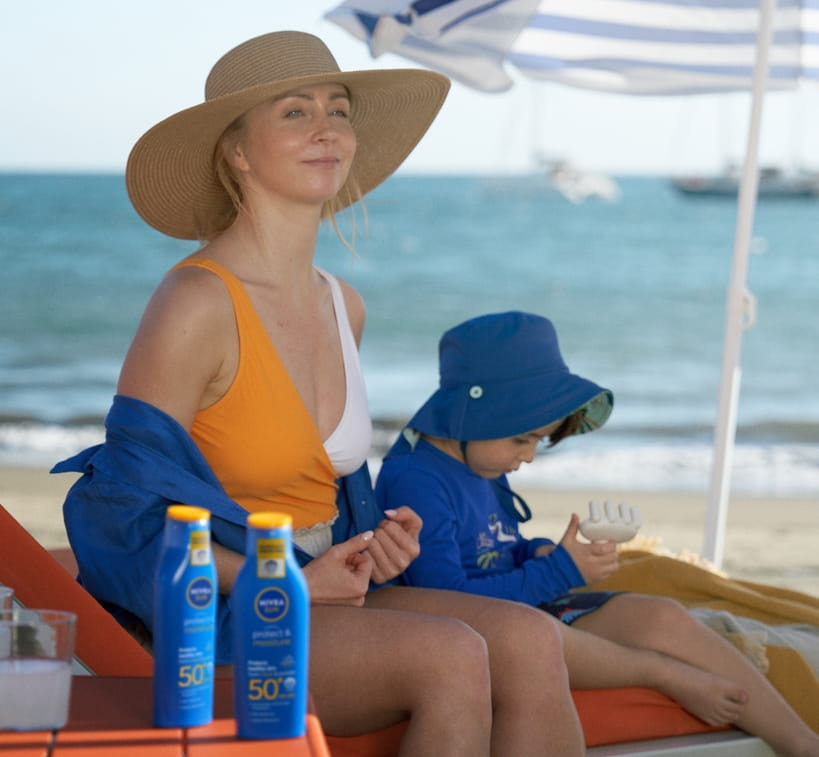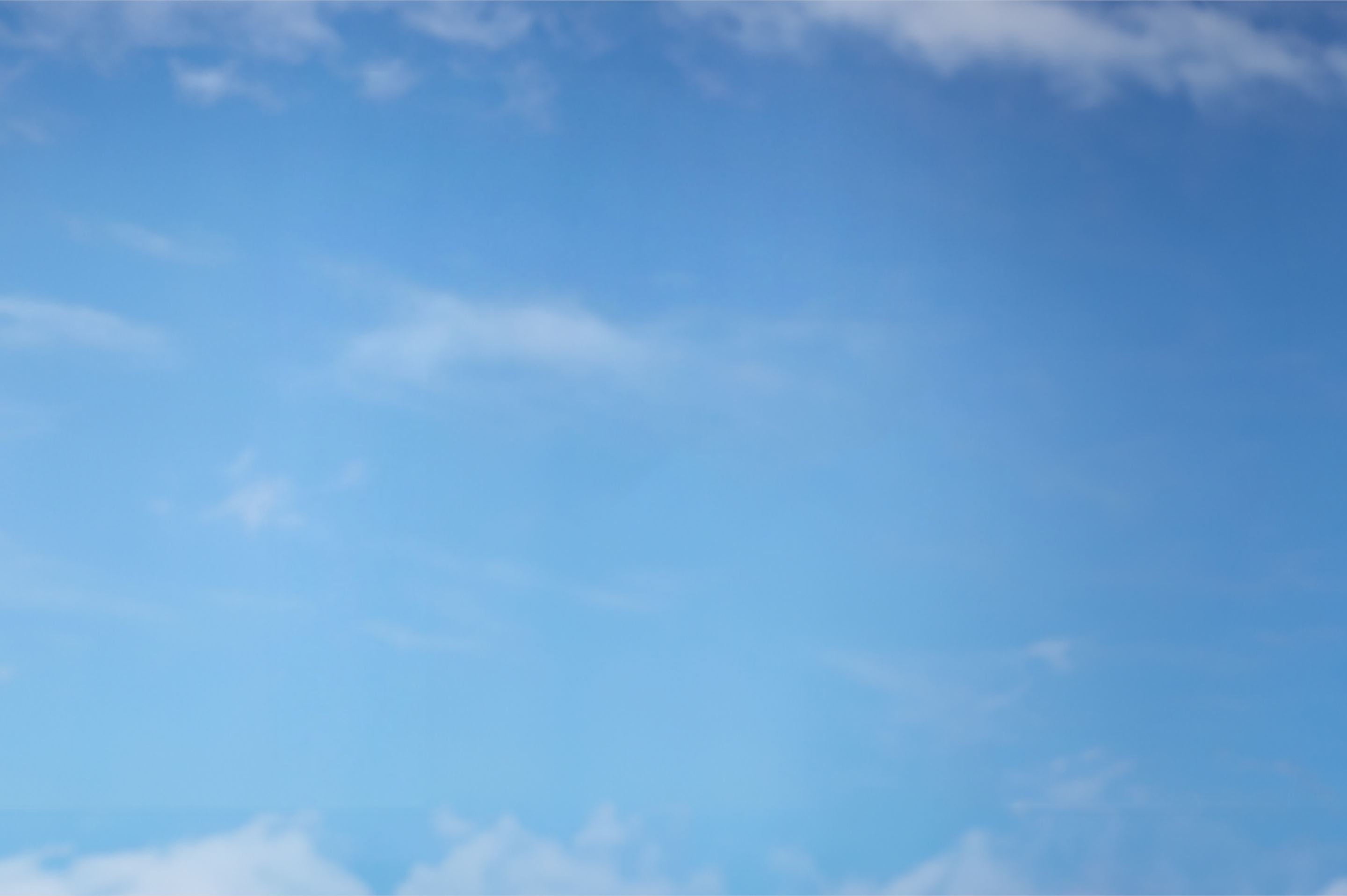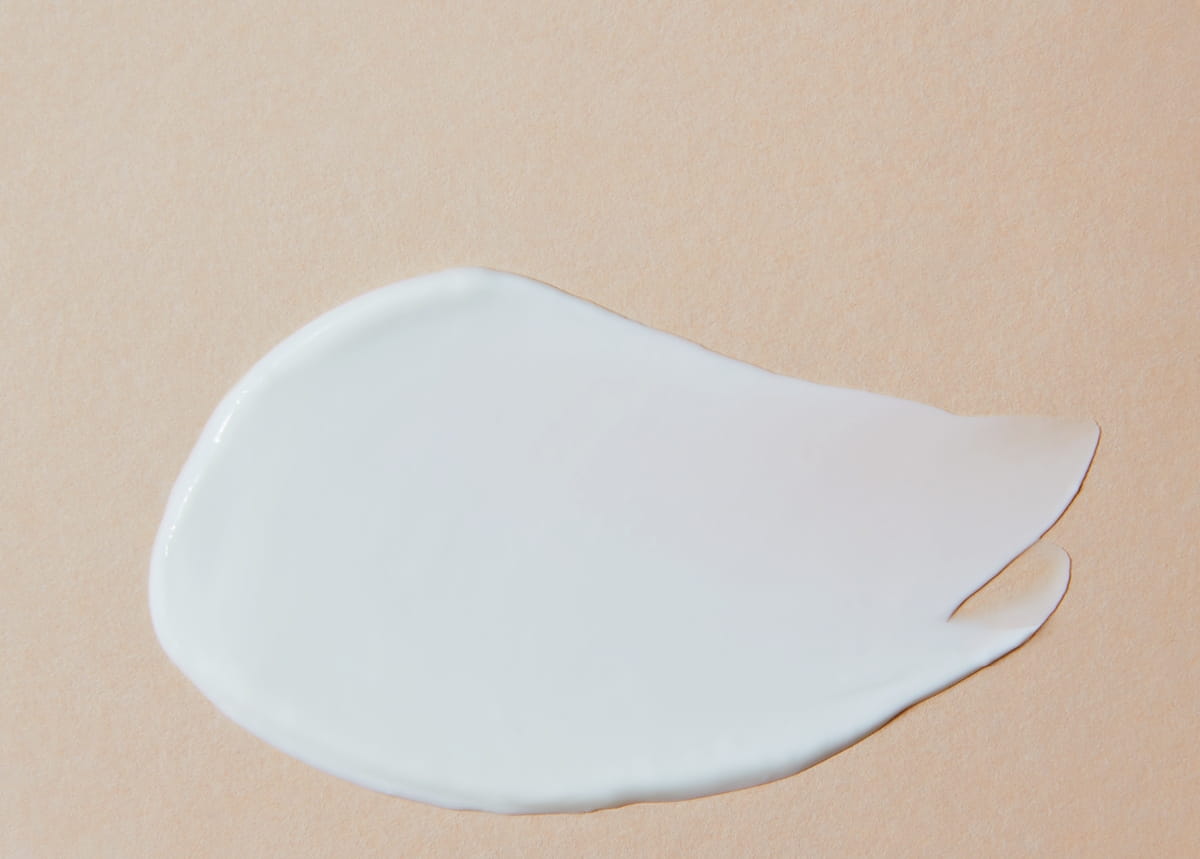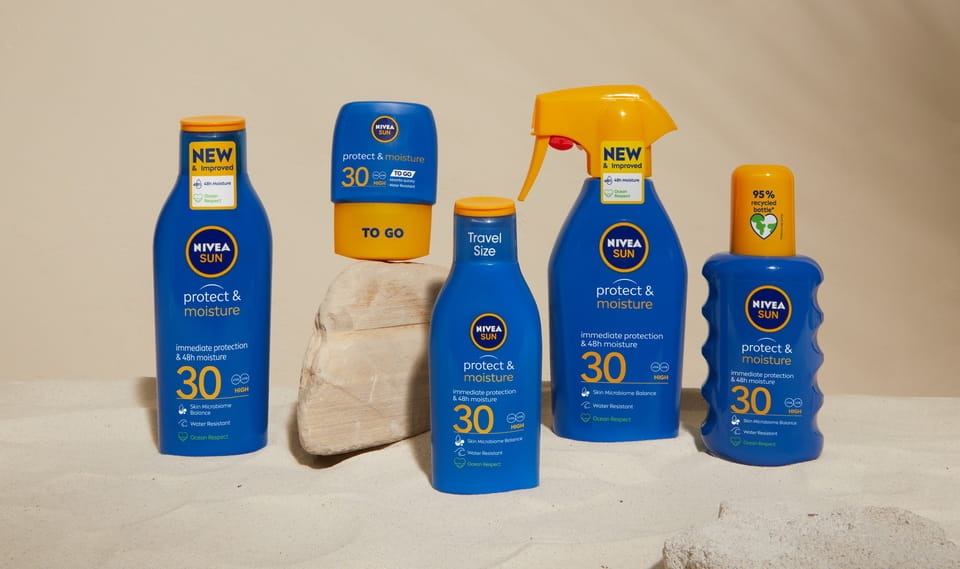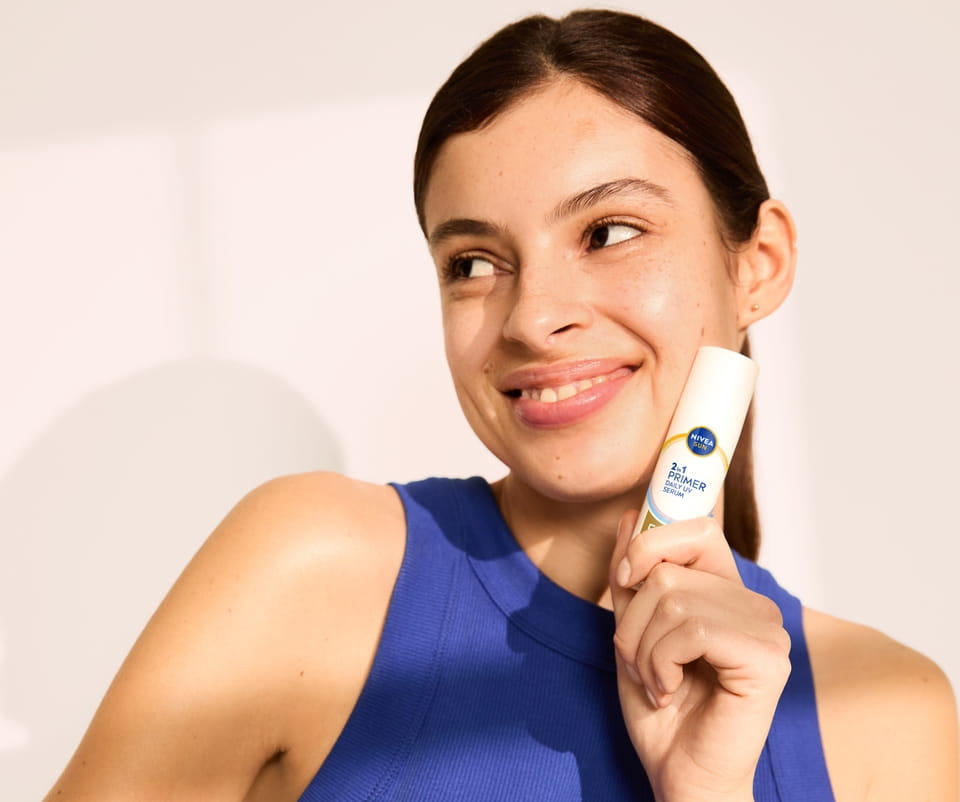
Sunstroke: Symptoms, Causes, Prevention & Treatment Guide
Protect yourself from sunstroke with this essential guide. Explore the symptoms, causes, and prevention tips.
What Is Sunstroke?
Difference Between Heat Stroke and Sunstroke: While sometimes used interchangeably, heat stroke refers broadly to overheating due to any cause, while sunstroke specifically results from direct exposure to the sun.
Sunstroke Causes
Extended Time in Direct Sunlight
Being outdoors for prolonged periods of time without shade raises body temperature dangerously.
Dehydration
Inadequate fluid intake reduces the body’s ability to cool down through sweating.
Strenuous Physical Activity
Exercising or working outdoors in hot weather without breaks or proper hydration accelerates overheating.
Environmental Factors
Reflective surfaces like water, sand, and concrete amplify the sun’s intensity, increasing heat absorption.
High-Risk Individuals
Babies, young children, the elderly, and those with chronic conditions such as heart disease or diabetes are more vulnerable.
6 Sunstroke Symptoms
Facts Overview
How Do You Treat Heat Stroke?
Move to a Cooler Location
Find shade, enter an air-conditioned space, or use a fan to help cool the body.
Lower Body Temperature
Apply cool, damp cloths, take a lukewarm shower, or use cold packs on the neck, armpits, and groin.
Rehydrate
Sip water or electrolyte drinks to restore fluid balance, but avoid sugary, alcoholic, or caffeinated beverages, as they can worsen dehydration.
Monitor Condition
If symptoms persist or worsen, seek immediate medical attention. Loss of consciousness, seizures, or continued high fever are signs of a medical emergency.
Sunstroke: How Long Does It Last?
How to Prevent Sunstroke
Stay Hydrated
Drink plenty of water throughout the day, even if you do not feel thirsty, to prevent dehydration.
Avoid Peak Sun Hours
Minimise direct sun exposure between 10 a.m. and 4 p.m., when UV rays are strongest.
Wear Appropriate Clothing
Opt for lightweight, loose-fitting, and light-coloured clothing. Wide-brimmed hats and UV-blocking sunglasses provide additional protection.
Take Regular Breaks
If spending extended time outdoors, rest in shaded or air-conditioned areas to allow your body to cool down.
Recognise Early Signs of Sunstroke
Dizziness, excessive thirst, or unusual fatigue should not be ignored—take immediate action to cool down.
Who Is More Prone to Sunstroke?
Fair-Skinned Individuals
Lower melanin levels provide less natural protection against UV rays, increasing susceptibility to sun damage and overheating.
People with Medical Conditions
Chronic illnesses like heart disease, diabetes, or respiratory disorders can impair the body’s ability to regulate temperature.
Those Taking Certain Medications
Diuretics, antihistamines, and some blood pressure medications can increase dehydration and heat sensitivity. Be sure to consult your doctor if you use any of these medications.
Young Children and Older Adults
Infants and seniors have less efficient temperature regulation, making them more vulnerable to heat-related illnesses.
Athletes and Outdoor Workers
While regular exercise improves heat tolerance, excessive physical activity in high temperatures without adequate hydration raises the risk of overheating.
Dehydrated Individuals
Inadequate fluid intake reduces the body’s ability to cool itself through sweating, accelerating the onset of sunstroke.
Find The Best Face Sunscreen For Your Skin Needs with NIVEA
Summary
With a few simple steps, you can enjoy the outdoors while keeping your skin and body safe from the dangers of extreme heat. Be sun-smart, take care of your health, and always prioritise your well-being when spending time in the sun.
